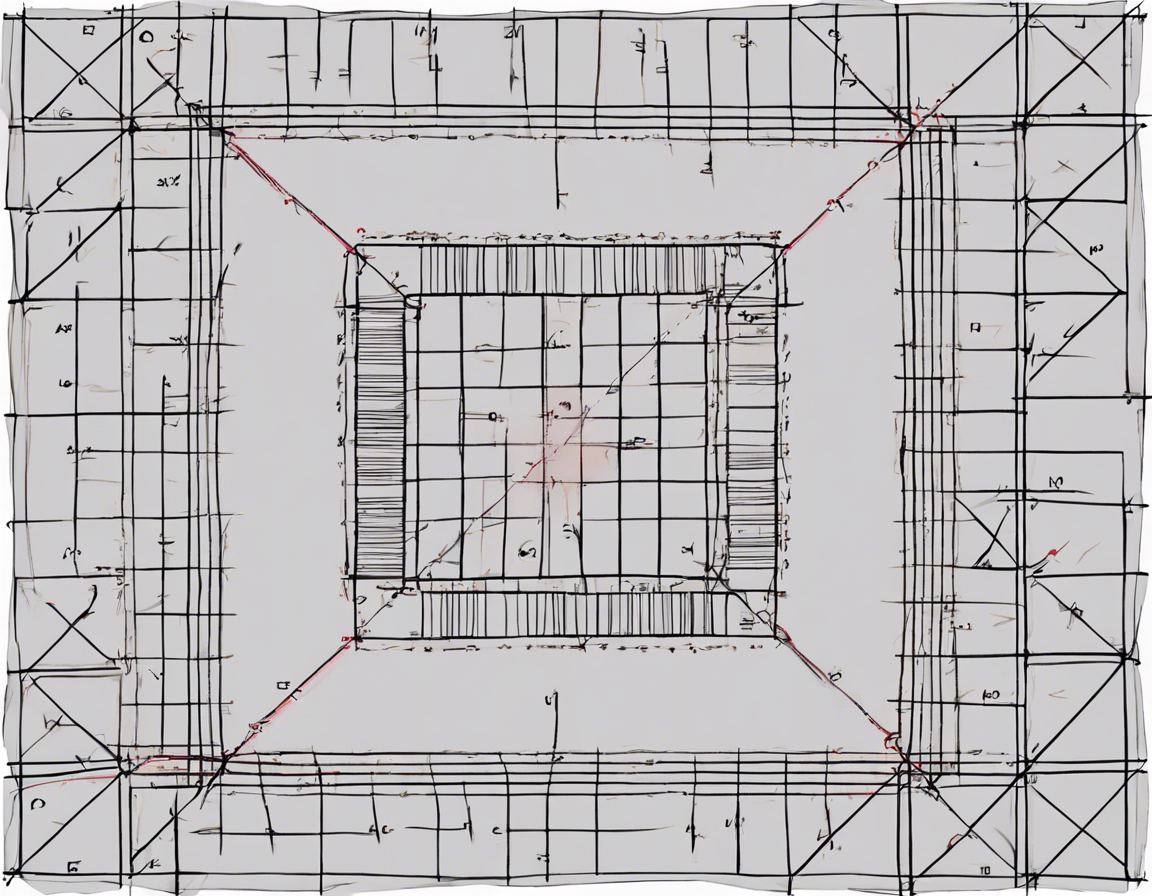Introduction
When it comes to geometry, one of the fundamental shapes we encounter is the square. With its four equal-length sides and four right angles, the square holds a special place in mathematics. Understanding how to calculate the perimeter of a square is essential for various real-world applications, from measuring a piece of fabric for a sewing project to determining the length of fencing needed for a backyard.
What is Perimeter?
Before delving into how to calculate the perimeter of a square, it is crucial to understand what perimeter actually means. In simple terms, perimeter refers to the total distance around the outside of a shape. In the case of a square, where all four sides are equal in length, the perimeter is the sum of the lengths of all four sides.
Formula for Calculating the Perimeter of a Square
The formula for finding the perimeter of a square is straightforward. Since all sides of a square are equal in length, you can find the perimeter by multiplying the length of one side by 4. In mathematical terms:
Perimeter = 4 x s
Where s represents the length of one side of the square.
Now, let’s break down the steps to calculate the perimeter of a square.
Step-by-Step Guide to Calculating the Perimeter of a Square
Step 1: Measure the Length of One Side
The first step in finding the perimeter of a square is to measure the length of one side. Ensure that the measurement is accurate, as it will be used in the calculations.
Step 2: Multiply the Length by 4
Once you have the length of one side, multiply this value by 4. The multiplication accounts for all four sides of the square being equal in length.
Step 3: Calculate the Perimeter
With the result of the multiplication in Step 2, you have now found the perimeter of the square. This final value represents the total distance around the outside of the square.
Example Calculation
Let’s work through an example to illustrate the process. Suppose we have a square with a side length of 5 units.
Given:
Side length (s) = 5 units
Calculation:
Perimeter = 4 x 5 = 20 units
Answer:
The perimeter of the square is 20 units.
Key Points to Remember
- The perimeter of a square is the total distance around the outside of the shape.
- For a square, the perimeter is calculated by multiplying the length of one side by 4.
- Ensure the units of measurement are consistent throughout the calculation.
Practical Applications of Calculating the Perimeter of a Square
Understanding how to find the perimeter of a square has numerous real-life applications:
- Fencing: When determining the amount of fencing needed to enclose a square-shaped garden or yard.
- Construction: Calculating the amount of material required to frame a square structure.
- Art and Design: Measuring the borders of a square painting or canvas.
- Patterning: Creating geometric patterns that rely on the perimeter of squares.
FAQs (Frequently Asked Questions)
Q1: Can the perimeter of a square be calculated if only the diagonal length is known?
A1: No, the perimeter of a square cannot be directly determined using only the diagonal length. The calculation requires the measurement of one of the sides.
Q2: Are the units of measurement for the side length and perimeter required to be the same?
A2: Yes, it is essential to ensure that the units of measurement are consistent when calculating the perimeter of a square.
Q3: How does the perimeter of a square differ from the area of a square?
A3: While perimeter refers to the total distance around the outside of a shape, the area of a square represents the space enclosed by the square’s four sides.
Q4: Does the formula for finding the perimeter of a square change if the square is larger or smaller?
A4: No, the formula Perimeter = 4 x s remains the same regardless of the size of the square.
Q5: Can the concept of finding the perimeter of a square be extended to other shapes, such as rectangles or circles?
A5: Yes, similar principles can be applied to find the perimeter of other shapes by summing the lengths of their respective sides.
By following the step-by-step guide and understanding the formula for calculating the perimeter of a square, you can efficiently solve for this important geometric property. Whether in mathematics, engineering, art, or everyday tasks, knowing how to find the perimeter of a square is a valuable skill with practical applications in various fields.
